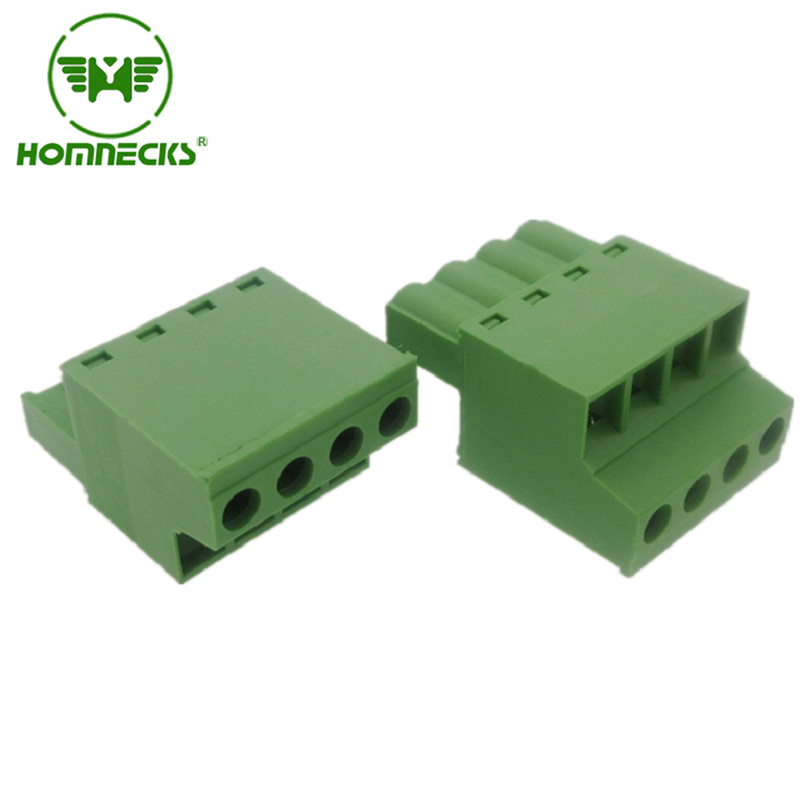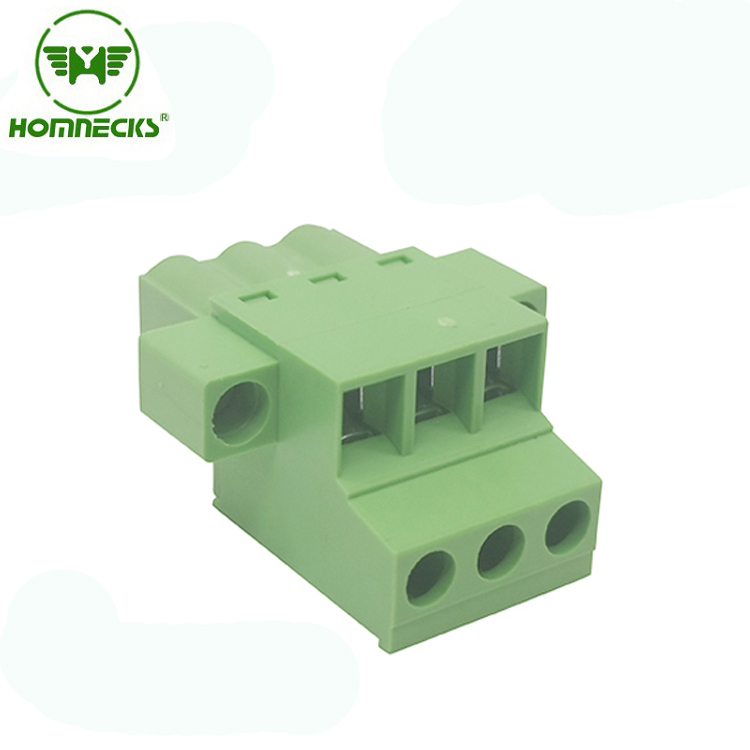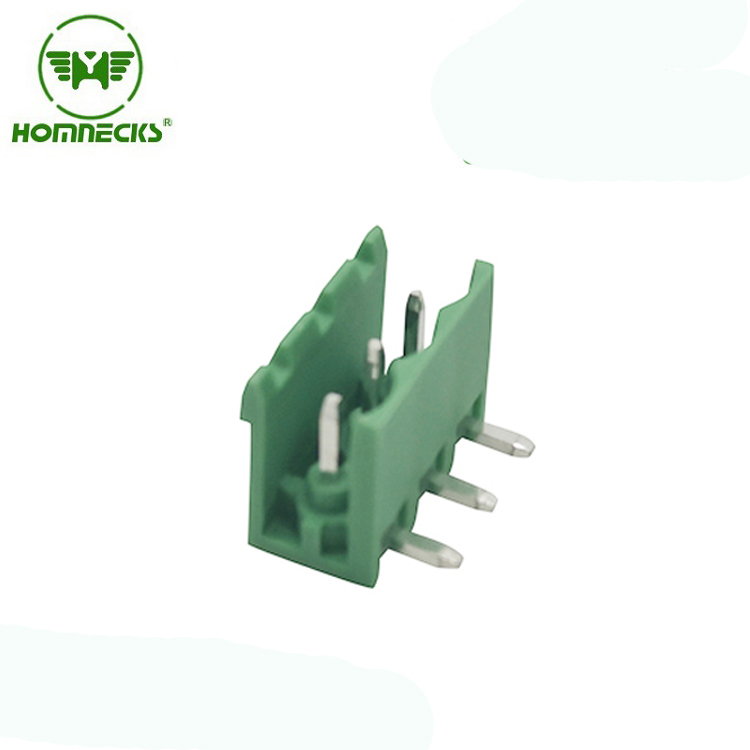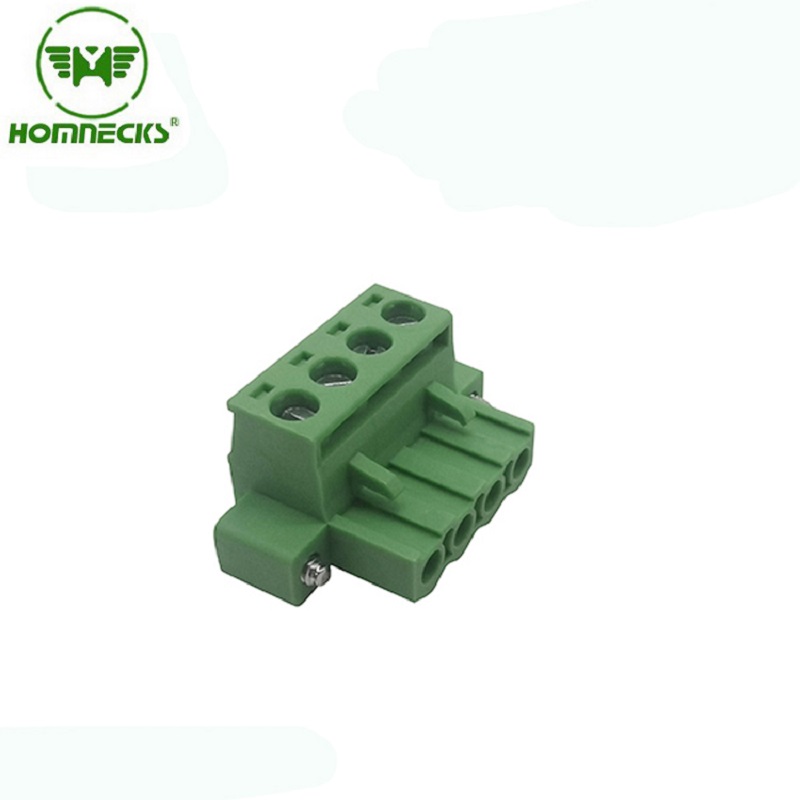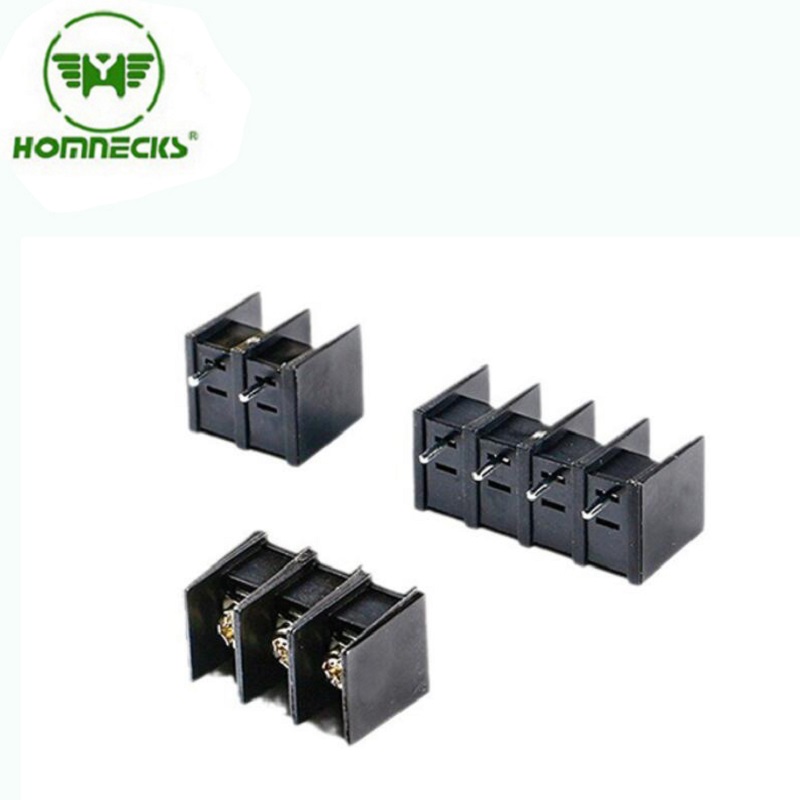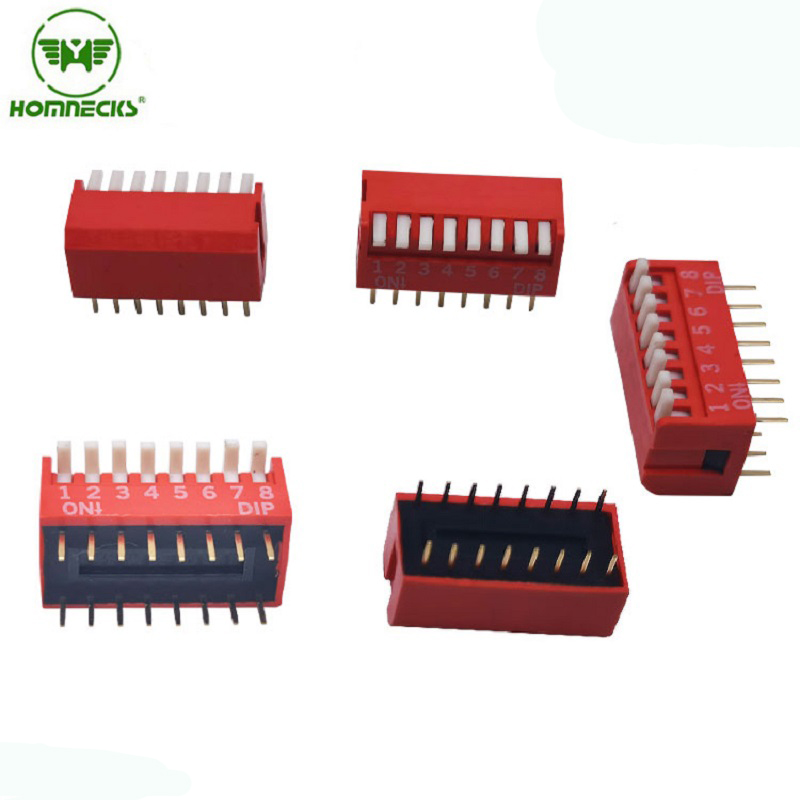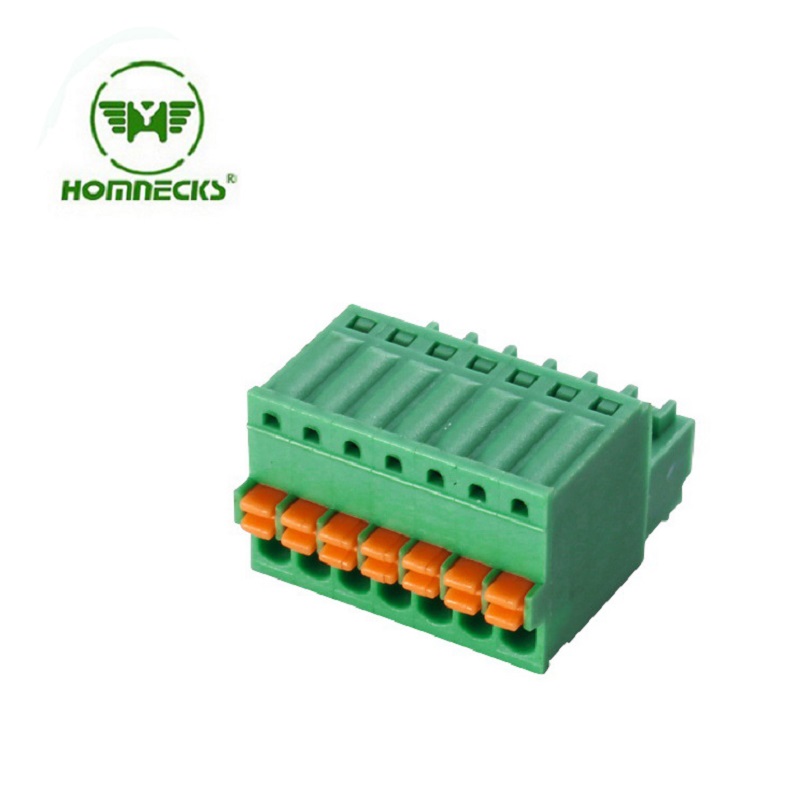Common problems and solutions of wiring terminal block
Aug 21, 2024
There are three common problems with wiring terminals in use:
1. Poor contact
The metal conductor inside the terminal block is the core component of the terminal, which transmits voltage, current or signal from external wires or cables to the corresponding contact of the connector that matches it. Therefore, the contact piece must have excellent structure, stable and reliable contact retention force, and good conductivity. Due to the unreasonable design of the contact structure, incorrect material selection, unstable mold, processing size deviation, rough surface, unreasonable surface treatment processes such as heat treatment and electroplating, improper assembly, poor storage and use environment, and improper operation and use, poor contact can be caused at the contact and mating parts of the contact.
2. Poor insulation
The function of an insulator is to keep the contacts in the correct position and to insulate them from each other, as well as from the housing. Therefore, insulation components must have excellent electrical, mechanical, and process forming properties. Especially with the widespread use of high-density and miniaturized terminal blocks, the effective wall thickness of insulators is becoming thinner and thinner. This puts forward stricter requirements for insulation materials, injection mold accuracy, and molding processes. Due to the presence of metal residues, surface dust, solder flux, and other contaminants on or inside the insulator, as well as the fusion of organic material precipitates and harmful gas adsorption films with surface water films to form ionic conductive channels, moisture absorption, mold growth, insulation material aging, etc., all of these can cause insulation defects such as short circuits, leakage, breakdown, and low insulation resistance.
3. Poor fixation
Insulators not only serve as insulation, but also provide precise neutralization protection for protruding contacts. They also have the functions of installation positioning, locking and fixing on equipment. Poor fixation can cause momentary power outage due to poor contact reliability in mild cases, and product disassembly in severe cases. Disassembly refers to the abnormal separation between plugs and sockets, as well as between pins and sockets, caused by structural unreliability due to material, design, process, and other reasons when the wiring terminal is in the plugged in state. This will result in serious consequences such as interruption of power transmission and signal control in the control system. Due to unreliable design, incorrect material selection, improper selection of molding processes, poor quality of heat treatment, molds, assembly, welding and other processes, and inadequate assembly, poor fixation can be caused.
The main solutions are:
1. Prevent poor contact
1) Continuity detection
At present, some key models of products should increase 100% point by point conductivity testing.
2) Instant break detection
Some wiring terminals are used in dynamic vibration environments. Experimental results have shown that simply verifying the static contact resistance does not guarantee reliable contact in dynamic environments. Because connectors with qualified contact resistance often experience momentary power outages during simulated environmental tests such as vibration and impact, it is recommended to conduct 100% dynamic vibration tests on some high reliability terminal blocks to assess their contact reliability.
3) Single hole separation force detection
Single hole separation force refers to the separation force that causes the contact element in the inserted state to change from static to motion, and is used to characterize the contact between the pin and the socket. Experiments have shown that a single hole separation force that is too small may cause signal transients when subjected to vibration and impact loads. Checking contact reliability by measuring single hole separation force is more effective than measuring contact resistance. Upon inspection, it was found that the single hole separation force of the socket exceeded the tolerance, and the measured contact resistance was often still qualified. For this reason, in addition to developing a new generation of flexible plug-in contacts that are stable and reliable, the production plant should not use automatic plug-in force testing machines for multi-point simultaneous testing of key models. Instead, the finished product should undergo 100% point by point single hole separation force inspection to prevent signal interruption caused by individual loose sockets.
2. Prevent poor insulation
1) Insulation material inspection
The quality of raw materials has a significant impact on the insulation performance of insulators. Therefore, the selection of raw materials is particularly important. We should not blindly reduce costs and lose material quality. We should choose materials from reputable large factories. We should carefully check and verify important information such as batch numbers and material certificates for each batch of incoming materials. We should also ensure traceability of material usage
2) Insulation resistance inspection of insulators
At present, some production plants require assembly into finished products before testing their electrical performance. However, due to the insulation resistance of the insulator itself being unqualified, the entire batch of finished products has to be scrapped. A reasonable process should be to conduct 100% process screening on the insulation parts to ensure that the electrical performance is qualified.
3. Prevent poor fixation
1) Interchangeability check
Interchangeability check is a dynamic check. It requires that the same series of matching plugs and sockets can be plugged and connected to each other, and it can be found whether there is any failure to plug, position, and lock due to the size deviation of insulators, contacts, and other parts, missing parts, or improper assembly, or even disassembly under the action of rotational force. Another function of interchangeability inspection is to detect in a timely manner whether there are metal residues that affect insulation performance through plug-in connections such as threads and clips. Therefore, 100% inspection of important wiring terminals should be carried out to avoid such major fatal failure accidents.
2) Torque resistance inspection
Torque resistance inspection is a highly effective method for assessing the reliability of terminal block structures. According to the MIL-L-39012 standard of the US military, samples should be randomly tested for torque resistance in each batch to promptly identify any issues
3) Continuity testing of crimped wires
During electrical installation, it is often found that some core crimping wires are not properly connected or cannot be locked after being connected, resulting in unreliable contact. The reason for the analysis is that there are burrs or dirt stuck at the screw teeth of some installation holes. Especially when using the last few installation holes of a plug socket that have already been installed by the factory, the defect was discovered and the other holes that had already been installed were crimped with wires one by one, and the plug socket was replaced. In addition, improper selection of wire diameter and crimping aperture, or errors in crimping process operation, can also cause accidents where the crimping end is not secure. For this reason, the production factory needs to conduct a through test on all installation holes of the delivered plug (socket) samples before leaving the factory, that is, using loading and unloading tools to simulate the wires with pins or sockets that are crimped into place and check whether they can be locked. According to the product technical specifications, check the pulling force of each crimped wire one by one
Read More
